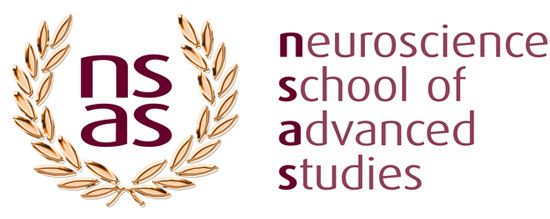The Neuroscience of Addictive Disorders
May 18-25, 2024
Director: Markus Heilig
Linköping University, Sweden
Faculty:
Yavin Shaham, National Institute on Drug Abuse, Bethesda, USA
Diana M. Martinez, Columbia University, New York, USA
Paul Kenny, Mount Sinai School of Medicine, New York, USA
Christian Lüscher, University of Geneva, Switzerland
Serge Ahmed, University of Bordeaux, France
Hedy Kober, Yale University, USA
Markus Heilig, Linköping University, Sweden
This Advanced Course will explore addiction from clinical phenomena underlying molecular and neural mechanisms and back.
Markus Heilig will discuss how addiction can be deconstructed into core elements such as progressively increased choice of drug over natural rewards or continued use despite negative consequences. These elements can be studied using reverse-translational strategies to identify underlying molecular and neural mechanisms, ultimately allowing the discovery of novel (and not-so-novel) targets for therapeutics and forward translation.
Hedy Kober will introduce basic fMRI methods, including how data are acquired and how to interpret the fMRI signal as a proxy for brain activity. In the second part of the lectures, she will provide multiple examples of uses of fMRI methods in the human neuroscience of addiction – ranging from the contrast method to machine learning – and how we use these methods to understand drug craving and the building blocks of psychological treatments for addiction.
Christian Lüscher will review the experiments over the last two decades that led to the current circuit model of drug addiction. He will discuss how drugs increase mesolimbic dopamine and how this sets the rules for synaptic plasticity in the striatum, eventually leading to compulsion in vulnerable individuals. Finally, he will explore blueprints derived from the circuit model for novel rational therapies.
Serge Ahmed will provide a historical, conceptual, and methodological background for the use of drug choice paradigms in humans and other species to address several critical issues in addiction neuroscience, including individual vulnerability, transitions into and out of addiction, and therapeutic discovery.
Yavin Shaham will focus on relapse to drug use during abstinence, a defining feature of addiction. He will describe new rat models of relapse after voluntary abstinence, achieved either by introducing adverse consequences to drug taking (punishment) or seeking (electric barrier) or by providing mutually exclusive choices between the self-administered drug versus non-drug rewards (palatable food or social interaction). In his lecture, he will overview these new relapse models and present recent neurobiological findings from studies using these models.
Paul Kenny will describe the use of unbiased transcriptional and functional mapping tools to identify novel substrates for the addictive properties of opioids. Opioid-responsive cells distributed throughout the mouse brain (whole-brain c-Fos expression; single-cell spatial transcriptomics; single-nuclei RNA-sequencing). Using these tools, he will report the identification of a transcriptionally unique population of cortical pyramidal neurons that regulate reward-related behavioural responses to opioids. Connectomic mapping of these cortical pyramidal neurons identifies the broader brain circuitries through which they act to control behavioural responses to opioids.
Diana Martinez will conceptualize addictive disorders, framing them as habitual behaviour that leads to harm. Thus, not all drug use is an addiction; even if it is a habit, it might not be harmful. Some drug use is risky but not yet habitual. Nonetheless, these patterns of use often progress to an addiction. Recognizing the factors that drive this process is crucial for designing research that addresses clinical needs. Her lectures will review these factors – with the overall goal of improving translational neuroscience of addiction.
